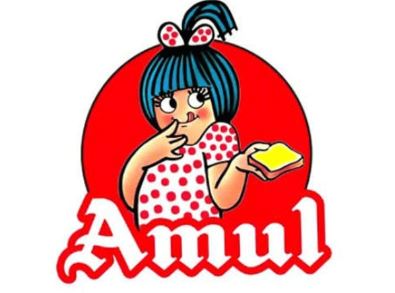


Amul is a name that almost everyone in India recognizes. For many years, this brand has been a part of the daily lives of millions
Amul is a name that almost everyone in India recognizes. For many years, this brand has been a part of the daily lives of millions of people, providing dairy products like milk, butter, cheese, and ice cream.
Founded in 1946, Amul has grown from a small cooperative to one of the largest and most successful dairy companies in India and around the world.
But what makes Amul such a dominant player in the market? Why has it been able to maintain its leadership position for so many years?
This blog will provide a detailed and easy-to-understand guide to Amul’s SWOT analysis, explaining what makes Amul a market leader and how it can continue to succeed in the future.
Amul’s brand is one of its greatest strengths. The name “Amul” is synonymous with quality dairy products in India. The company’s brand recognition is the result of many years of consistent quality and effective marketing.
The Amul girl, a cartoon character who appears in the company’s advertisements, has become an iconic symbol in Indian advertising. These ads are known for their humor and relevance, often commenting on current events in a light-hearted way.
This has helped Amul create a strong emotional connection with its customers, making it a trusted and beloved brand.
Amul’s brand strength is not just about advertising. The company has consistently delivered high-quality products that meet the needs of its customers.
Whether it’s milk, butter, cheese, or ice cream, consumers trust Amul to provide them with products that are safe, tasty, and of high quality.
This trust is a significant advantage in a competitive market where consumers have many choices.
While Amul’s focus on dairy products has been a major strength, it is also a potential weakness. The company’s entire business is heavily dependent on the dairy sector.
This means that any challenges or disruptions in the dairy industry could have a significant impact on Amul’s business.
For example, fluctuations in milk prices, changes in consumer preferences, or disruptions in the supply chain could all affect Amul’s performance. While the company has diversified its product portfolio to some extent, it is still primarily a dairy company.
This dependence on a single sector makes Amul vulnerable to risks that are specific to the dairy industry.
One of the biggest opportunities for Amul is market expansion. While the company has a strong presence in India, there is significant potential for growth in international markets.
The global dairy market is huge, and there are many regions where Amul’s products could be well-received.
Expanding into new markets would not only provide Amul with new revenue streams but also help reduce its dependence on the Indian market.
However, entering new markets requires careful planning and execution.
Amul will need to understand the regulatory requirements, consumer preferences, and competitive landscape in each new market to succeed.
In addition to geographic expansion, Amul also has opportunities to expand its product range. The company could explore new product categories or segments, such as plant-based dairy alternatives, organic products, or premium offerings.
By tapping into emerging trends and catering to niche markets, Amul could further strengthen its position in the market.
One of the biggest threats facing Amul is intense competition in the dairy industry. The market is highly competitive, with numerous players, both domestic and international, vying for market share.
These competitors include well-established brands, regional players, and new entrants who are constantly innovating and trying to capture Amul’s customers.
Competition in the dairy industry is not just about price. It also involves quality, innovation, and brand perception.
Some of Amul’s competitors may offer products at lower prices, while others may focus on premium products or niche markets. International brands that have entered the Indian market bring with them the advantage of global experience and resources.
To maintain its leadership position, Amul needs to stay ahead of its competitors. This means continuing to innovate, maintaining high quality, and effectively marketing its products.
It also means being responsive to changes in consumer preferences and market trends. Failure to do so could result in a loss of market share to more agile or better-positioned competitors.
Amul’s journey from a small cooperative to a market leader in the dairy industry is a remarkable story of success. Amul’s strong brand recognition, diverse product portfolio, robust supply chain, commitment to quality and innovation have all played a crucial role in its success.
